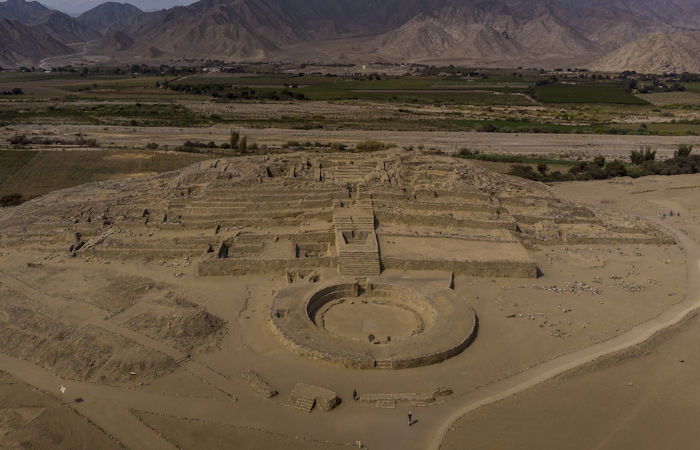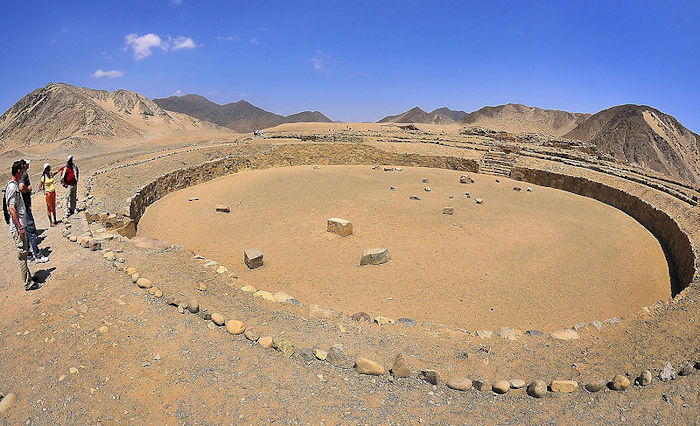Sacred City Of Caral – Site Of The Oldest Known Civilization In The Americas
A. Sutherland - AncientPages.com - The Sacred City of Caral is ancient, and its age is comparable to the early civilizations of Mesopotamia, Egypt, China, and Mesoamerica.
Caral city. Credit: Adobe Stock - Wirestock
Impressive pyramids that rise high above the ground, a sunken circular plaza, a fantastic amphitheater, and public gathering places make the ruins of Caral very special.
The pyramids of Caral were built as early as about 2600 BC. The construction of these buildings is estimated to have continued until about 2000 BC. This makes them of age comparable to the Pyramids of Giza and Cheops in Egypt, built between 2600 and 2480 BC.
Architects and engineers seeking solutions for sustainable living in the 21st century carefully study the remains of the ancient city of Caral in Peru, an engineering wonder built approximately 5,000 years ago.
Caral's builders created a city of pyramids, sunken amphitheaters, seismically resilient buildings, and underground ducts that channeled the wind to keep their fires burning, all with essential tools.
No Trace Of Warfare Was Found
No trace of warfare has been found at Caral; no battlements, no weapons, no mutilated bodies.
A pyramidal building in what was once the city of Caral. Credit: Adobe Stock- Mark
Archaeological findings suggest it was a gentle society built on commerce and pleasure. In one of the pyramids, they uncovered 32 flutes made of condor and pelican bones and 37 cornets of deer and llama bones. Among the artifacts unearthed at Caral is a knotted textile piece that the excavators have labeled a quipu.
The Caral or Norte Chico Civilization is the oldest known civilization in the Americas, which developed from 3000 to 1800 BC.
The city of Caral -enclosing an area of more than 60 hectares (150 acres) with 3,000 inhabitants - represents the work of one of the most important civilizations on our planet. The organized work of its inhabitants created Caral. They were skilled builders and engineers. Only a few people know that the Sacred City of Caral was built in Peru as long as 4400 years before the Incas ruled.
Sophisticated Civilization And Its Ingenious Designs
The ancient city of Caral is known for its sustainable urban planning, including an elaborate complex of temples, ordinary houses, an impressive theater, and people living in harmony with nature.
One of many engineering achievements of the Caral people was the ducts Caral used to supply air to fires used in religious ceremonies and keep them burning. According to experts who investigated the structures in the area, the system depended on what modern physicists today call the Venturi effect, the reduction in pressure when a fluid flows through a constricted space. It was undoubtedly one of several ingenious designs of these ancient people.
Another significant technological achievement of the Caral people is related to as many as 50 rívers running from the Andes. Their life, agriculture, and development depended on these rivers.
However, only three of them were able to carry water year-round.
The city may also have been the birthplace of Quechua, which became the language of the subsequent Inca empire and is still alive today. Credit: Petty Officer 3rd Class Daniel Barker - Wikipedia
"... This meant not only that extensive irrigation systems were required to support growing populations but that the systems had to originate in the mountains and that several had to be connected via canals to ensure a sufficient water flow during the growing season. These irrigation canals, which allowed farming to develop in the river valleys, along with ceramics, textiles, metallurgy, tools, architecture, and roads, reveal the extraordinary talents and achievements of these peoples, which continue to be uncovered…." writes Tommie S. Montgomery in her book "Before the Incas: Archaeological Sites of Coastal Peru."
Buildings in the city, which is in a seismically active area, also feature flexible foundations called "shicras" that resemble large baskets filled with stones, a technique that minimized earthquake damage.
Caral's inhabitants built the city on arid land to preserve fertile ground for farming and represented a peaceful society that was interested in developing harmony with nature.
Caral sits in the Supe Valley, in a semi-arid region about 200 kilometers (125 miles) north of Lima, just inland from the Pacific Ocean. The horizon is dominated by seven stone pyramids that appear to light up in the sun.
The city is built around two sunken circular plazas, and excavations indicate regular markets that drew traders across a vast region. Fishermen and farmers would trade their goods for flutes made of condor bones or shells from as far away as modern-day Ecuador to make necklaces.
Caral's culture achieved much, along with prestige and splendor. The city was probably the birthplace of Quechua, which became the language of the following Inca empire and is still alive today.
Caral was hit by a prolonged drought around 1800 BC, forcing residents to abandon the area. After they left, the city was buried in the sand.
Updated on August 22, 2024
Written by – A. Sutherland AncientPages.com Staff Writer
Copyright © AncientPages.com All rights reserved. This material may not be published, broadcast, rewritten or redistributed in whole or part without the express written permission of AncientPages.com
Expand for referencesReferences:
Tommie S. Montgomery,Before the Incas: Archaeological Sites of Coastal Peru
More From Ancient Pages
-
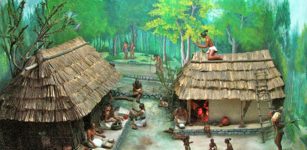 Daily Life Of Ancient Maya
Ancient History Facts | Oct 12, 2020
Daily Life Of Ancient Maya
Ancient History Facts | Oct 12, 2020 -
 World’s Oldest Bread Found In Neolithic Oven In Çatalhöyük, Turkey
Archaeology | Mar 12, 2024
World’s Oldest Bread Found In Neolithic Oven In Çatalhöyük, Turkey
Archaeology | Mar 12, 2024 -
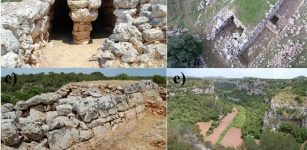 Eating And Social Habits Of People In The Balearic Islands 3,000 Years Ago – Reconstructed
Archaeology | Jan 18, 2023
Eating And Social Habits Of People In The Balearic Islands 3,000 Years Ago – Reconstructed
Archaeology | Jan 18, 2023 -
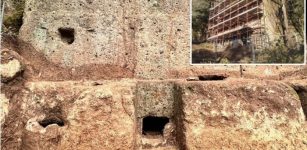 Who Is Buried In The Giant Etruscan Tomb At San Giuliano Necropolis?
Archaeology | Mar 13, 2024
Who Is Buried In The Giant Etruscan Tomb At San Giuliano Necropolis?
Archaeology | Mar 13, 2024 -
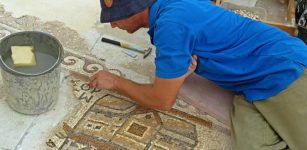 A Rare 1,500 Year Old Mosaic That Depicts Ancient Streets And Buildings in Egypt – Discovered
News | Sep 29, 2015
A Rare 1,500 Year Old Mosaic That Depicts Ancient Streets And Buildings in Egypt – Discovered
News | Sep 29, 2015 -
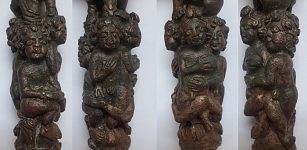 Roman Britain Executions Revealed – New Evidence
Archaeology | Aug 14, 2021
Roman Britain Executions Revealed – New Evidence
Archaeology | Aug 14, 2021 -
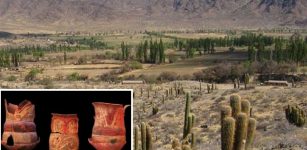 Pre-Inca Societies In The Andes Lacked Hierarchical Leadership And Shared Power Before The Incas Arrived
Archaeology | Dec 13, 2017
Pre-Inca Societies In The Andes Lacked Hierarchical Leadership And Shared Power Before The Incas Arrived
Archaeology | Dec 13, 2017 -
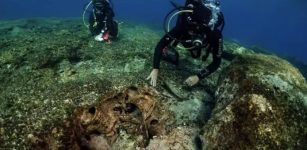 10 Ancient Shipwrecks And Several Underwater Artifacts Found Around The Island Of Kasos
Archaeology | Mar 14, 2024
10 Ancient Shipwrecks And Several Underwater Artifacts Found Around The Island Of Kasos
Archaeology | Mar 14, 2024 -
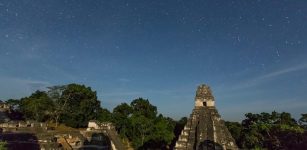 Ancient Maya Astronomers Predicted Meteor Showers 2 Millennia Ago – Mayan Hieroglyphic Inscriptions Reveal
Archaeology | Sep 12, 2017
Ancient Maya Astronomers Predicted Meteor Showers 2 Millennia Ago – Mayan Hieroglyphic Inscriptions Reveal
Archaeology | Sep 12, 2017 -
 Beautiful Ancient Irish Legend Of The Blessing Of The Bees – Ancient Tradition Revived In Ireland Again
Ancient Traditions And Customs | Oct 11, 2017
Beautiful Ancient Irish Legend Of The Blessing Of The Bees – Ancient Tradition Revived In Ireland Again
Ancient Traditions And Customs | Oct 11, 2017 -
 Codebreakers Crack Secrets Of The Lost Letters Of Mary, Queen Of Scots
News | Feb 8, 2023
Codebreakers Crack Secrets Of The Lost Letters Of Mary, Queen Of Scots
News | Feb 8, 2023 -
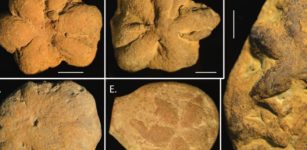 Mysterious Ancient Star-Shaped ‘Fossil’ Baffles Scientists – What Is It?
Archaeology | Feb 27, 2023
Mysterious Ancient Star-Shaped ‘Fossil’ Baffles Scientists – What Is It?
Archaeology | Feb 27, 2023 -
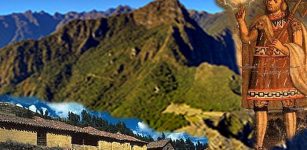 Manco Capac: Legendary Founder Of The Inca Dynasty Of Peru
Featured Stories | Jun 19, 2016
Manco Capac: Legendary Founder Of The Inca Dynasty Of Peru
Featured Stories | Jun 19, 2016 -
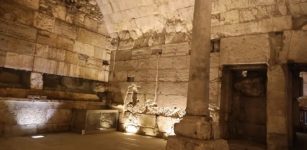 Never-Before-Seen Magnificent 2,000-Year-Old Second Temple Found By Western Wall In Jerusalem Revealed To The Public
Archaeology | Jul 29, 2021
Never-Before-Seen Magnificent 2,000-Year-Old Second Temple Found By Western Wall In Jerusalem Revealed To The Public
Archaeology | Jul 29, 2021 -
 On This Day In History: Albertus Magnus – Medieval Person Of Great Historical Importance Died – On Nov 15, 1280
News | Nov 15, 2016
On This Day In History: Albertus Magnus – Medieval Person Of Great Historical Importance Died – On Nov 15, 1280
News | Nov 15, 2016 -
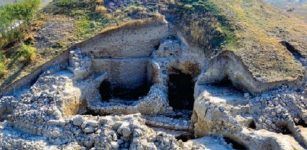 6,300 Years Old Golden Artifact Unearthed At Solnitsata ‘The Salt Pit’ Prehistoric Settlement
Archaeology | Nov 23, 2015
6,300 Years Old Golden Artifact Unearthed At Solnitsata ‘The Salt Pit’ Prehistoric Settlement
Archaeology | Nov 23, 2015 -
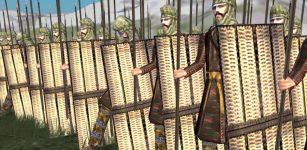 Who Were Persian ‘Sparabara’?
Featured Stories | Aug 28, 2017
Who Were Persian ‘Sparabara’?
Featured Stories | Aug 28, 2017 -
 On This Day In History: Sir Thomas Brisbane, Astronomer, Soldier And Governor Was Born – On July 23, 1773
On This Day In History | Jul 23, 2016
On This Day In History: Sir Thomas Brisbane, Astronomer, Soldier And Governor Was Born – On July 23, 1773
On This Day In History | Jul 23, 2016 -
 Rhodogune Of Parthia Refused To Bath And Comb Her Hair Until She Subdued The Rebels
Featured Stories | Oct 7, 2019
Rhodogune Of Parthia Refused To Bath And Comb Her Hair Until She Subdued The Rebels
Featured Stories | Oct 7, 2019 -
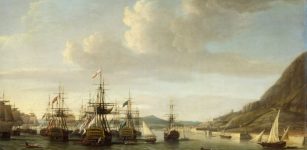 On This Day In History: Great Siege Of Gibraltar Begins – On June 16, 1779
News | Jun 16, 2016
On This Day In History: Great Siege Of Gibraltar Begins – On June 16, 1779
News | Jun 16, 2016

